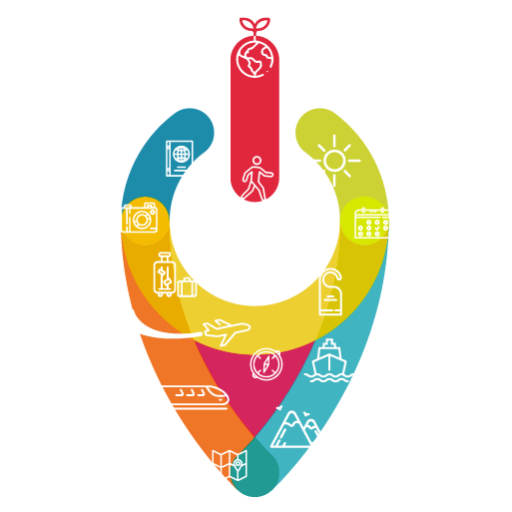Introduction
We are building the European STTs’ Observatory to provide a complete overview of STTs in Europe. The observatory is constructed on a cloud-based repository with a Dublin Core metadata structure. To enhance the repository’s usability, especially in identifying the most appropriate STTs for a particular SME’s requirements, we have developed an STT taxonomy and indexed its contents. The current observatory content is sourced from European catalogs of technological solutions for Smart Destinations (SD) and ST practices. We use LLM-based techniques (Large Language Models) to identify specific concepts in the catalogs’ STT descriptions related to scales and their corresponding values in our taxonomy. This enables us to categorize each individual STT according to our taxonomy and compare the ‘Smartness’ of different solutions. We are creating automated web search routines, enhanced by LLM classification, to ensure the catalogue remains current. All technology developers represented in the Observatory will be invited to join and will be granted access to their data to manage it. The Observatory will be operated and maintained by semi-automated, AI-based Extraction, Transformation and Loading (ETL) processes and expert-in-the-loop.
Primary Goals
Our goal is to assist and motivate small and medium-sized enterprises (SMEs) in discovering innovative and sustainable solutions that can enhance their business operations while also improving the efficiency and sustainability of their tourism operations. STTs are tools that can be used in a number of different areas, including as part of the tourism product, in the marketing of tourism products, and in the management and operation of tourism businesses, so we also aim to contribute to improving tourists’ experiences.
Key Features
The Smart Tourism Tools Taxonomy is based on a literature review and contributions from 334 Smart Tourism experts worldwide. The experts come from all continents and provide different views related to their geographic realities. The Smart Tourism tools’ offer is automatically classified using Large Language Models. The classification is based on our taxonomy. Automated web search routines, enhanced by Large Language Models classification, ensure the Observatory remains current. The Smart Tourism Tools developers are integrated into the Observatory.
Who can use and benefit from this tool?
Our research project aims to encourage the adoption of Smart Tourism (ST) practices among small and medium-sized enterprises (SMEs) in Europe through the use of Smart Tourism Tools (STTs). However, a digital divide exists between large enterprises and SMEs. The latter often lag behind in the digital transformation process due to technological, financial, and knowledge barriers to STTs. To tackle this issue, we are creating the European STT Observatory. This will offer SMEs a complete overview of STTs in Europe. Our aim is to help and encourage small and medium-sized enterprises (SMEs) to find innovative and sustainable solutions that can enhance their business, as well as improve the efficiency and sustainability of their tourism operations.
How Can I use it?
The Observatory offers solutions and inspiration for SMEs to improve their operations, marketing, or offer. Interested SMEs can browse the Observatory and contact the developer of the chosen Smart Tourism Tools to implement their own instance of the tools. The observatory also provides tutorials for the opensource STTs developed under the RESETTING project, which companies can implement themselves. If our automatic routine detects any other open source STT, it will be integrated into the Observatory and implemented by the SME in a similar way to the RESETTING STTs.
You can access the tool from this link – https://www.resetting.eu/STTobservatory/
